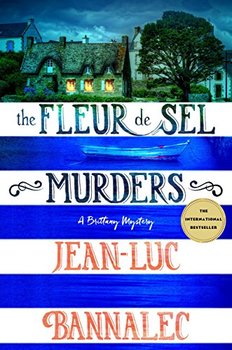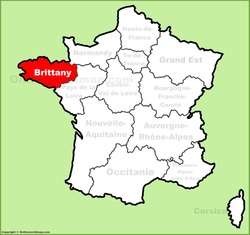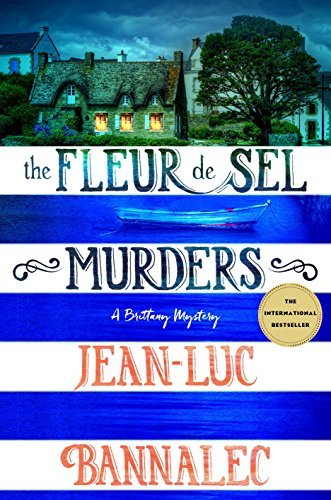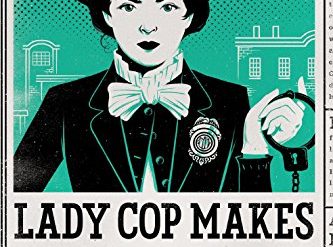
The magic of place and time leaps from the pages of the best mystery novels. This engrossing detective tale is set in the Brittany salt marshes, as exotic a setting as any in the long line of clever crime stories:
- James Lee Burke celebrates the misty charms of rural Louisiana in his Dave Robicheaux series.
- Donna Leon brings Venice into the bright light of the sun in her tales of Commissario Guido Brunetti.
- Cara Black whisks readers around the arrondissements of Paris, one neighborhood at a time, chronicling the adventures of private detective Aimee Leduc.
- Henning Mankell dives under the covers of contemporary Swedish society in the Kurt Wallander novels.
- And now German publisher and author Jörg Bong, writing under the pseudonym Jean-Luc Bannalec, serves as our tour guide in Celtic-French Brittany. There, we follow in the tracks of Commissaire Georges Dupin, a cranky senior detective who was “‘relocated’ from Paris to the middle of nowhere.”
In all these bestselling series of mystery novels, the setting rivals the protagonist for the center of our attention.
The Fleur de Sel Murders (Brittany Mysteries #3) by Jean-Luc Bannalec (2018) 304 pages ★★★★☆

Commissaire Dupin’s Brittany is a magical place still seemingly overshadowed by the spirits of the Celtic world. There, on the westernmost shores of France as it juts into the Atlantic Ocean, an ancient land remains culturally and linguistically distinctive from the rest of France, with which it has been united for less than 500 years. The language and culture of the Celtic Britons morphed over the centuries into those of Wales, Scotland, and Ireland, merging with the Gaelic Scots.
In The Fleur de Sel Murders, the third of Bannalec’s Brittany Mysteries, the action unfolds on and around the world-famous salt marshes, where fleur de sel, the finest gourmet sea salt, is harvested in ways that have changed little over the centuries. Commissaire Dupin travels to the marshes on the strength of a tip from a trusted source, an investigative journalist. (“His ‘Bretonization’ was far advanced; he was approaching his five-year anniversary.”) When he is shot virtually on arrival, and the journalist is murdered soon afterward, Dupin’s inquiry leads him into the heart of the complex politics of the salt industry.
A deft touch and lots of local color
Bannalec tells his tale with a deft touch and lots of local color: the Gaelic myths and legends of the land loom large here. “‘You have a sensitivity to the world of signs,’ he writes. ‘And that’s the Breton people’s way, they move through the world as though it were an enchanted forest. Behind everything and everyone there lies a hidden meaning, a secret . . . And never forget: nothing is more real than what you can’t see!'”
Though the author is German, he brings a pronounced Gallic sensibility to the novel: “It was always like this: the ‘complete’ and ‘objective’ story of a case was never told. Dupin was no stranger to this. During the reconstruction the case became a ghost. As a reality, it disintegrated, falling apart into various subjective stories which, the more they were told, discussed, and even ‘confessed’ to, had less and less to do with one another.”
Oh, by the way: if you’re wondering how that kangaroo in the headline figures into this story, you’ll have to read the book.
For related reading
You might also enjoy my posts:
- Top 10 mystery and thriller series
- 20 excellent standalone mysteries and thrillers
- 30 outstanding detective series from around the world
- Top 20 suspenseful detective novels
- Top 10 historical mysteries and thrillers
And you can always find my most popular reviews, and the most recent ones, on the Home Page.


























